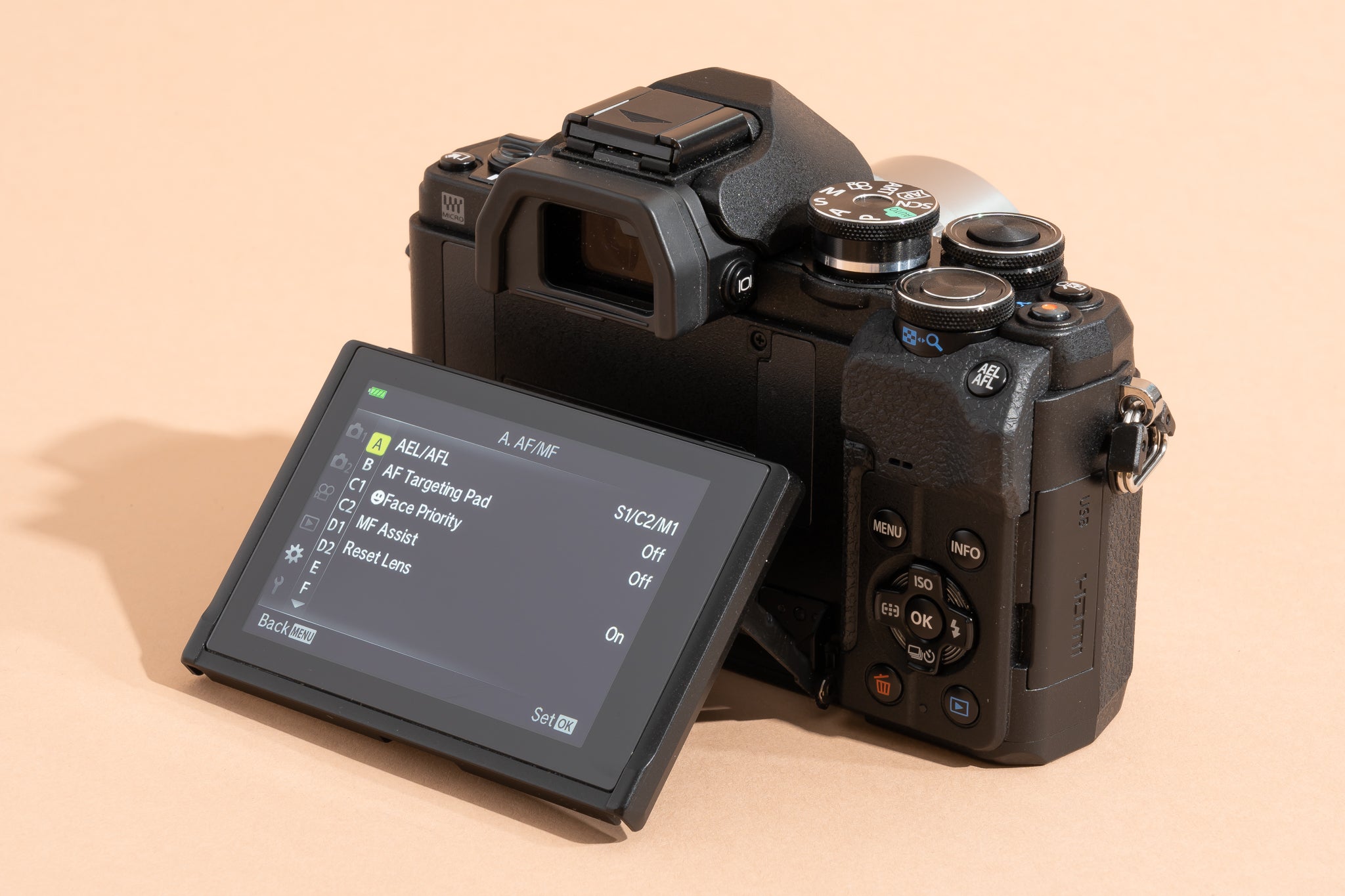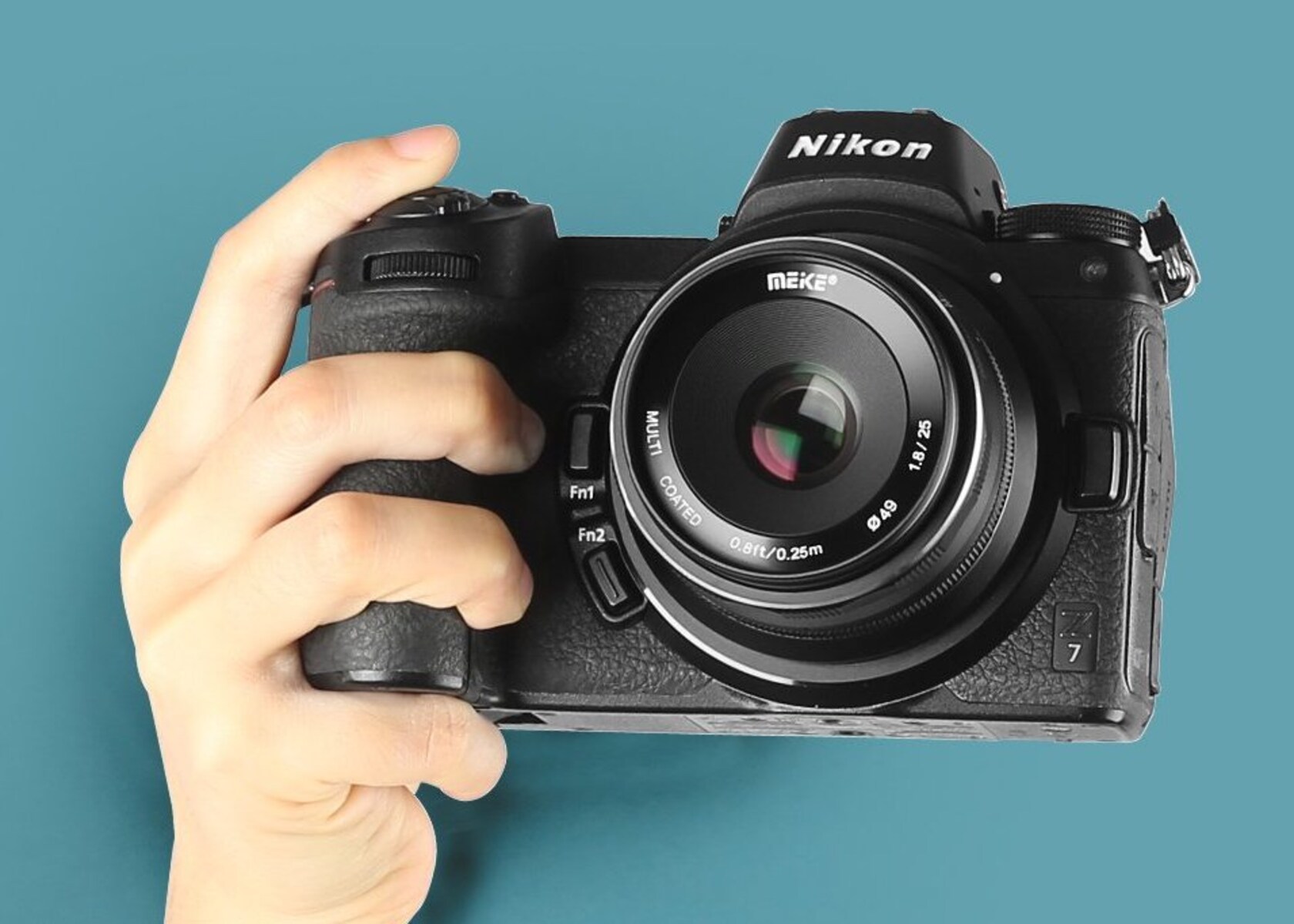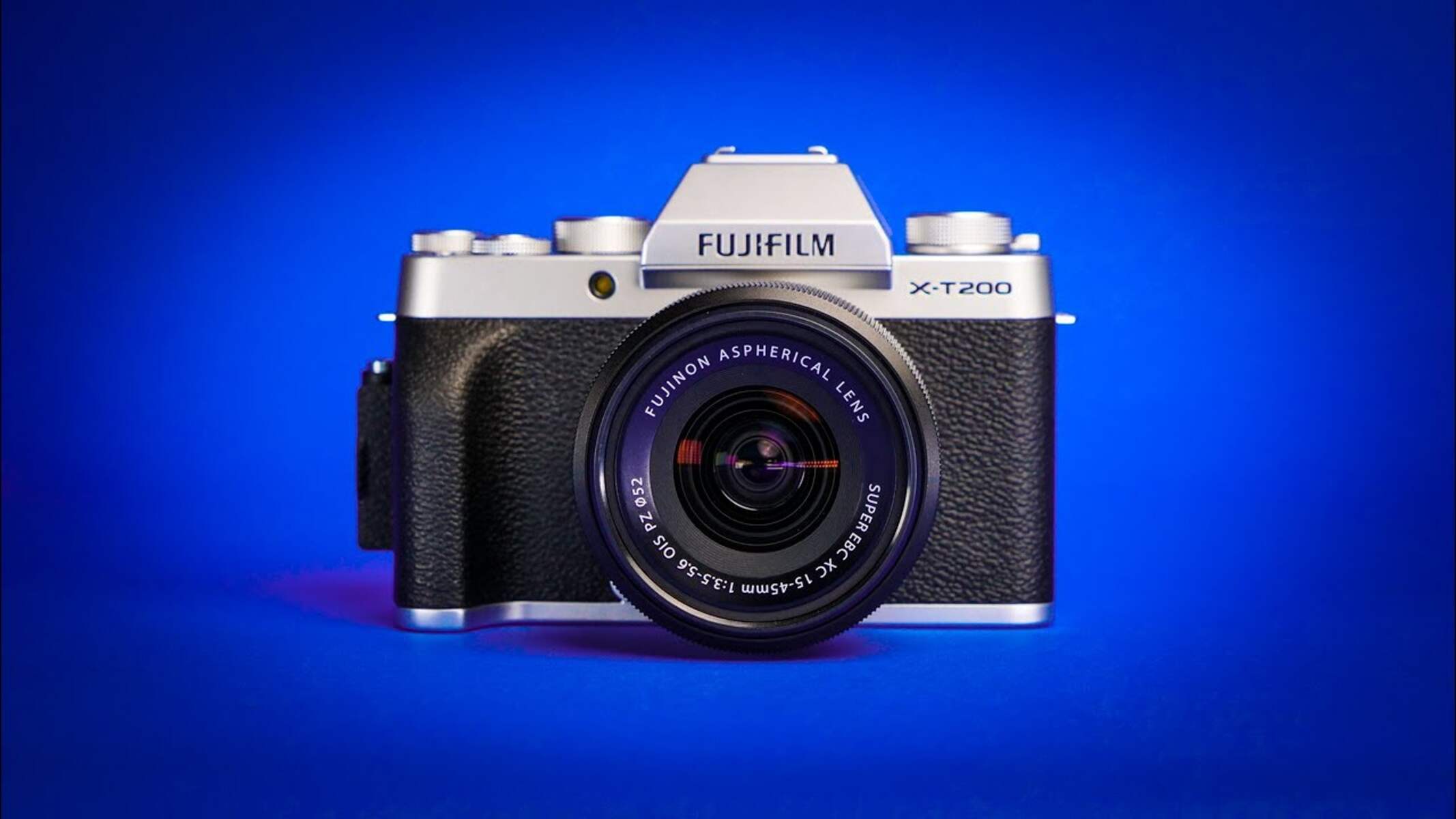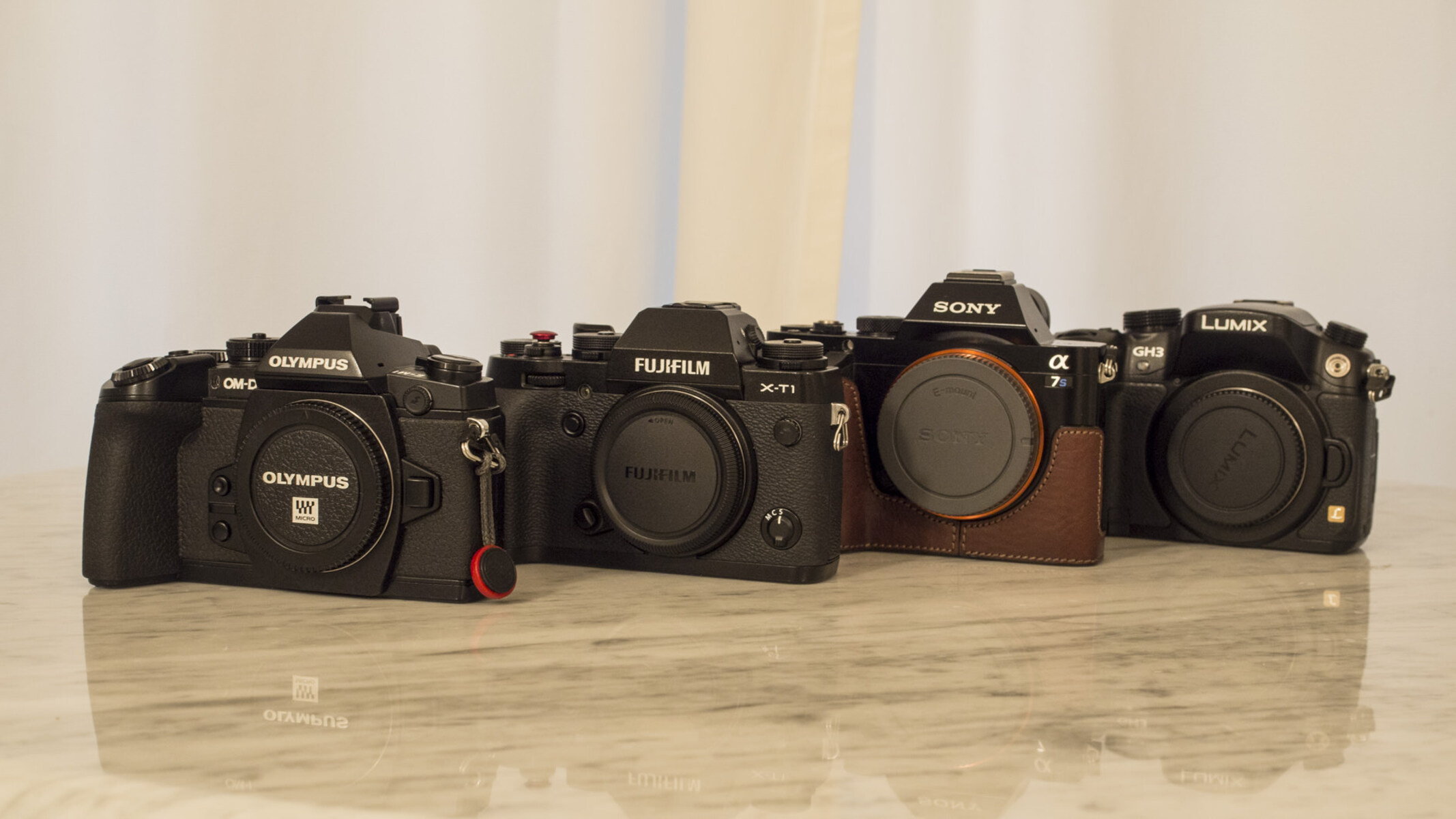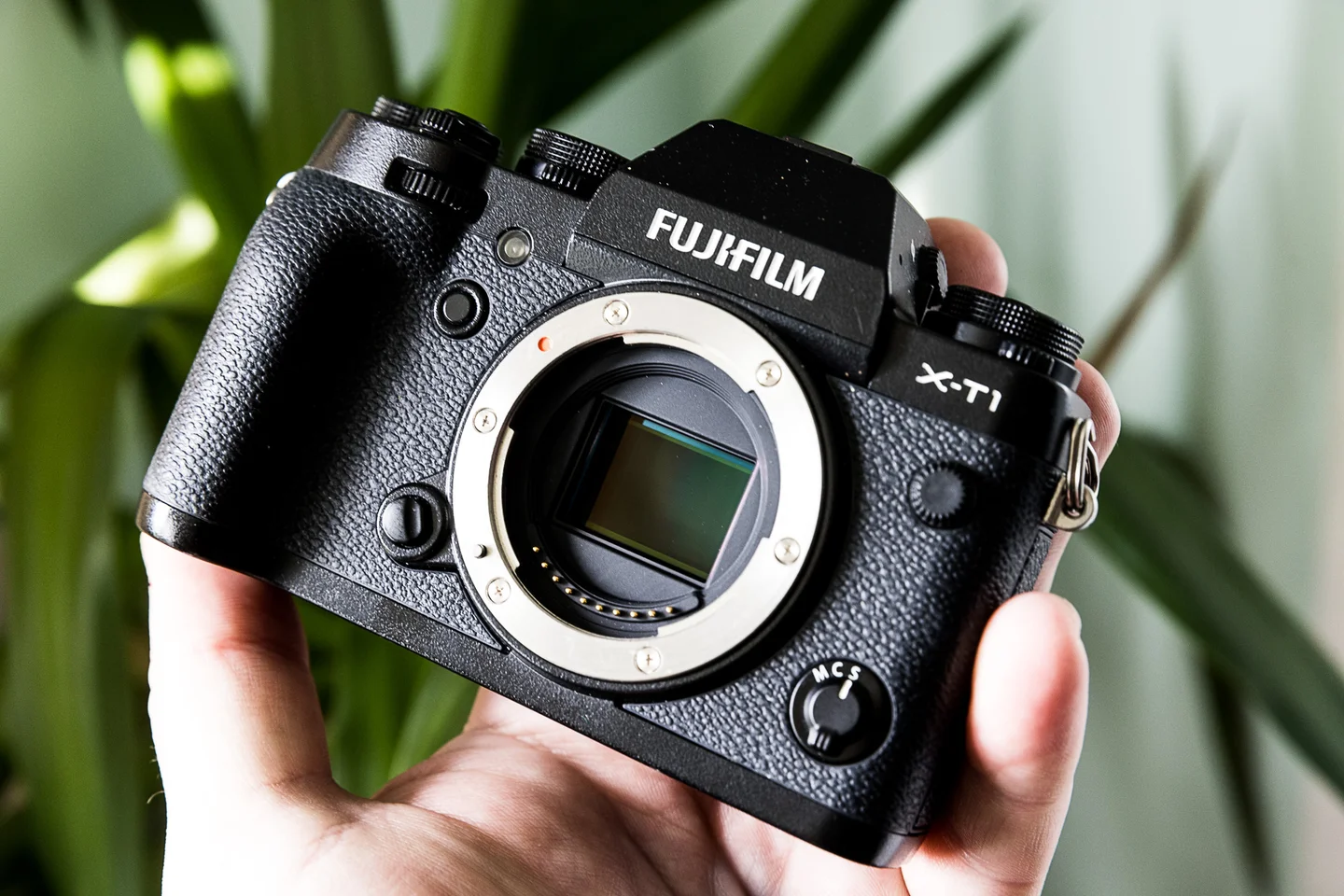Introduction
Welcome to the fascinating world of photography, where innovation and technology have continuously reshaped the way we capture moments. In recent years, the emergence of mirrorless cameras has revolutionized the photography industry, sparking curiosity and excitement among both amateur enthusiasts and professional photographers. As we delve into the intricacies of mirrorless cameras, you will gain a deeper understanding of their significance and impact in the realm of photography.
The introduction of mirrorless cameras has redefined the traditional landscape of photography, offering a compelling alternative to the conventional digital single-lens reflex (DSLR) cameras. With their compact and lightweight design, mirrorless cameras have garnered immense attention, prompting photographers to reconsider their equipment choices. The allure of mirrorless cameras lies in their ability to deliver exceptional image quality and versatility while challenging the limitations imposed by bulky DSLRs.
As we embark on this exploration of mirrorless cameras, we will unravel the underlying principles that distinguish them from their DSLR counterparts. Delving into the mechanics and technology behind mirrorless cameras will illuminate the reasons behind their growing popularity and the unique advantages they offer to photographers. By the end of this journey, you will gain valuable insights into the intricacies of mirrorless cameras, empowering you to make informed decisions when navigating the diverse array of camera options available in today's dynamic market.
What is a Mirrorless Camera?
A mirrorless camera, as the name suggests, is a type of digital camera that operates without the complex internal mirror system found in traditional DSLR cameras. This innovative design eliminates the need for a bulky mirror box, resulting in a more compact and lightweight camera body. Unlike DSLRs, which rely on a system of mirrors to reflect light from the lens to an optical viewfinder, mirrorless cameras utilize an electronic viewfinder or the rear LCD screen to display a real-time image of the scene being captured.
One of the defining characteristics of mirrorless cameras is their streamlined construction, made possible by the absence of a mirror mechanism. This reduction in size and weight makes mirrorless cameras highly portable and ideal for photographers who prioritize mobility and convenience without compromising on image quality. Furthermore, the elimination of the mirror box allows for a shorter flange distance between the lens and the image sensor, enabling the development of a diverse range of compact and high-performance lenses tailored for mirrorless camera systems.
It is essential to note that mirrorless cameras encompass a broad spectrum of models, ranging from entry-level options to advanced, professional-grade systems. This diversity ensures that photographers of all skill levels and preferences can find a mirrorless camera that aligns with their specific needs and creative vision. Whether you are a travel photographer seeking a lightweight yet powerful camera for on-the-go shooting or a professional photographer in pursuit of cutting-edge technology and uncompromising image quality, the versatility of mirrorless cameras offers a compelling solution.
How Does a Mirrorless Camera Work?
At the heart of a mirrorless camera is its electronic viewfinder (EVF) or rear LCD screen, which serves as the primary means of composing and previewing images. When light enters the lens of a mirrorless camera, it directly strikes the image sensor, which captures the incoming light and processes it into a digital image. This seamless process eliminates the need for a mirror to reflect light onto an optical viewfinder, as seen in DSLR cameras, resulting in a more streamlined and compact camera body.
The absence of a mirror mechanism in mirrorless cameras also simplifies the overall internal structure, contributing to their reduced size and weight. Without the intricate system of mirrors and a mirror box, mirrorless cameras can be designed with a more straightforward layout, optimizing space for advanced features such as in-body image stabilization, high-speed autofocus systems, and enhanced connectivity options. These technological advancements further enhance the functionality and performance of mirrorless cameras, elevating the overall shooting experience for photographers.
Furthermore, the electronic viewfinder of a mirrorless camera offers several advantages over traditional optical viewfinders. By presenting a real-time digital preview of the captured image, the EVF enables photographers to visualize the effects of exposure settings, white balance adjustments, and creative filters before taking the shot. This interactive and informative approach empowers photographers to make informed decisions and fine-tune their compositions with precision, ultimately enhancing their creative control and the quality of their images.
Another noteworthy aspect of mirrorless camera operation is the seamless integration of advanced autofocus systems and sophisticated metering techniques. Leveraging the capabilities of the image sensor and dedicated processing engines, mirrorless cameras can deliver rapid and accurate autofocus performance, even in challenging lighting conditions and high-speed shooting scenarios. This responsive and reliable autofocus functionality is instrumental in capturing decisive moments with precision and clarity, catering to a diverse range of photographic genres and shooting styles.
Advantages of Mirrorless Cameras
Mirrorless cameras offer a myriad of compelling advantages that have solidified their position as formidable contenders in the realm of digital photography. Their innovative design and advanced features have garnered widespread acclaim among photographers, prompting a paradigm shift in the industry. Here are some key advantages of mirrorless cameras:
- Compact and Lightweight: The absence of a bulky mirror box and optical viewfinder contributes to the compact and lightweight nature of mirrorless cameras, making them highly portable and well-suited for on-the-go photography. This characteristic is especially advantageous for travel, street, and documentary photographers who prioritize mobility and versatility.
- Electronic Viewfinder (EVF): The electronic viewfinder of mirrorless cameras offers a real-time digital preview of the scene, enabling photographers to visualize exposure settings, white balance adjustments, and creative filters before capturing an image. This interactive and informative feature enhances creative control and facilitates precise composition.
- Advanced Autofocus Systems: Mirrorless cameras are equipped with advanced autofocus systems that leverage the capabilities of the image sensor and dedicated processing engines to deliver rapid, accurate, and reliable autofocus performance. This is particularly beneficial for capturing fast-moving subjects and ensuring sharp, in-focus images.
- Customizable Controls and Functionality: Many mirrorless cameras feature customizable controls and a wealth of creative shooting modes, providing photographers with a high degree of flexibility to tailor the camera’s settings and operation to suit their specific shooting preferences and styles.
- High-Resolution Image Sensors: Mirrorless cameras often incorporate high-resolution image sensors that capture intricate details and produce stunning, high-quality images with impressive dynamic range and low-light performance. This capability is particularly advantageous for landscape, portrait, and commercial photography.
- Adaptability and Lens Diversity: The shorter flange distance of mirrorless camera systems allows for the development of a diverse range of compact and high-performance lenses. Additionally, the compatibility with lens adapters enables photographers to use a wide array of legacy and third-party lenses, expanding their creative possibilities.
These advantages collectively underscore the appeal and versatility of mirrorless cameras, empowering photographers to explore new creative horizons and elevate their craft with cutting-edge technology and intuitive design.
Disadvantages of Mirrorless Cameras
While mirrorless cameras offer a host of innovative features and benefits, it is important to acknowledge that they also present certain limitations that photographers should consider when evaluating their suitability for specific shooting scenarios. Understanding the disadvantages of mirrorless cameras is essential for making informed decisions and leveraging their strengths effectively. Here are some notable drawbacks associated with mirrorless cameras:
- Battery Life: Mirrorless cameras tend to consume more power due to the continuous operation of electronic viewfinders or rear LCD screens. As a result, they may have shorter battery life compared to DSLR cameras, necessitating the need for carrying spare batteries during extended shooting sessions.
- Electronic Viewfinder Lag: Some early models of mirrorless cameras exhibited a noticeable lag in the electronic viewfinder display, leading to a slight delay in the real-time preview. Although significant advancements have been made in this area, certain models may still exhibit minimal lag, which can impact the responsiveness of the viewfinder.
- Reduced Ergonomics for Larger Lenses: The compact form factor of mirrorless cameras may pose challenges when using larger, heavier lenses, as they can create an imbalance in the overall handling and ergonomics of the camera. This issue may affect the comfort and stability of the camera during prolonged shooting sessions.
- Limited Native Lens Selection: While the lens selection for mirrorless cameras has expanded significantly in recent years, some specialized or niche lenses may have a limited availability compared to the extensive lineup offered for DSLR systems. However, this gap is gradually narrowing as more manufacturers develop lenses for mirrorless platforms.
- Overheating Concerns during Video Recording: Certain mirrorless cameras, especially those designed for high-resolution video recording, may be susceptible to overheating when capturing prolonged video footage. This can result in automatic shutdowns or limitations on recording durations, impacting the camera’s usability for extended video projects.
- Cost of High-Performance Lenses: While mirrorless cameras offer adaptability to a wide range of lenses, high-performance native lenses tailored for specific mirrorless systems may come with a premium price tag. This aspect should be considered when budgeting for lens investments.
By recognizing these disadvantages, photographers can make informed assessments of the practical implications and trade-offs associated with using mirrorless cameras, enabling them to leverage the strengths of these innovative devices while mitigating potential challenges.
Conclusion
As our exploration of mirrorless cameras draws to a close, it is evident that these innovative devices have reshaped the landscape of digital photography, offering a compelling blend of advanced technology, portability, and creative versatility. The evolution of mirrorless cameras has heralded a new era of imaging innovation, challenging the conventions of traditional DSLRs and inspiring photographers to embrace a more compact, agile approach to capturing stunning visuals.
Despite the inherent limitations and considerations associated with mirrorless cameras, their numerous advantages have positioned them as indispensable tools for photographers across diverse genres and skill levels. The compact and lightweight design, advanced autofocus systems, high-resolution image sensors, and adaptability to an extensive range of lenses underscore the transformative impact of mirrorless cameras on the art and craft of photography.
Looking ahead, the ongoing advancements in mirrorless camera technology, coupled with the expanding ecosystem of lenses and accessories, promise to further elevate the capabilities and appeal of these devices. As photographers continue to push the boundaries of creativity and technical excellence, mirrorless cameras stand poised to play an integral role in shaping the future of visual storytelling and artistic expression.
Ultimately, the journey through the realm of mirrorless cameras illuminates the profound impact of innovation on the art of photography, inviting photographers to embrace a new era of boundless possibilities and unparalleled creative freedom. Whether capturing fleeting moments of everyday life or embarking on ambitious visual projects, mirrorless cameras stand as steadfast companions, empowering photographers to translate their vision into captivating imagery with precision and passion.









